Name Charles Peace | ||
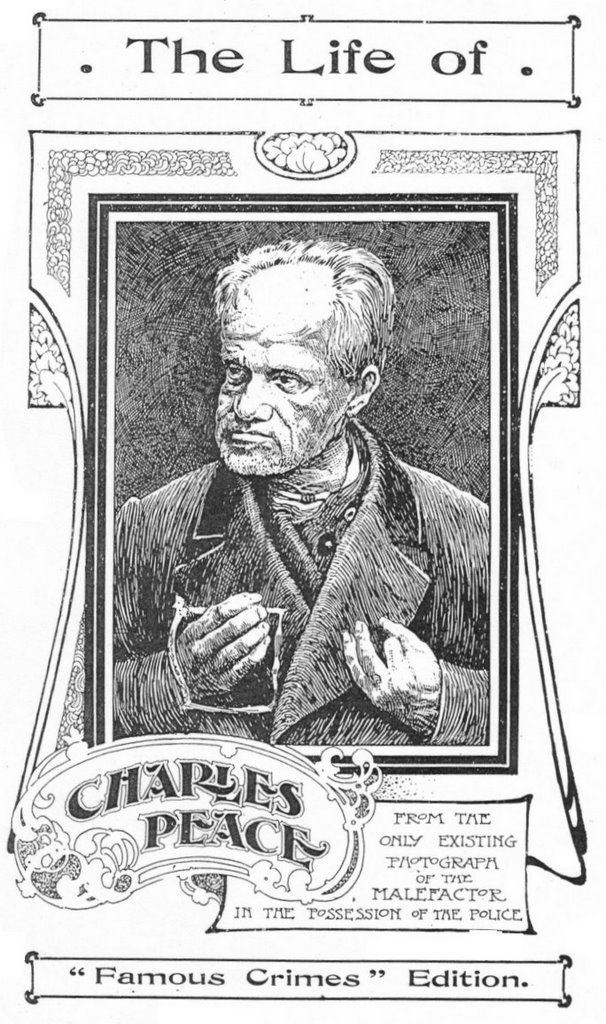 | ||
Died February 25, 1879, Leeds, United Kingdom | ||
The case of charles peace directed by john argyle
Charles Frederick Peace (14 May 1832 – 25 February 1879) was an English burglar and murderer, who embarked on a life of crime after being maimed in an industrial accident as a boy. After killing a policeman in Manchester, he fled to his home-town of Sheffield, where he became obsessed with his neighbour's wife and shot the husband dead. Settling in London, he carried out multiple burglaries before being caught in the prosperous suburb of Blackheath, wounding the policeman who arrested him. He was linked to the Sheffield murder, and tried at Leeds Assizes. Found guilty, he was hanged at Armley Prison. His story has inspired many authors and film producers.
Contents
- The case of charles peace directed by john argyle
- Early life and crimes
- First murder
- Dysons murder
- On the run
- Prosecution
- Trial
- Execution
- Films
- Literature
- References

Early life and crimes
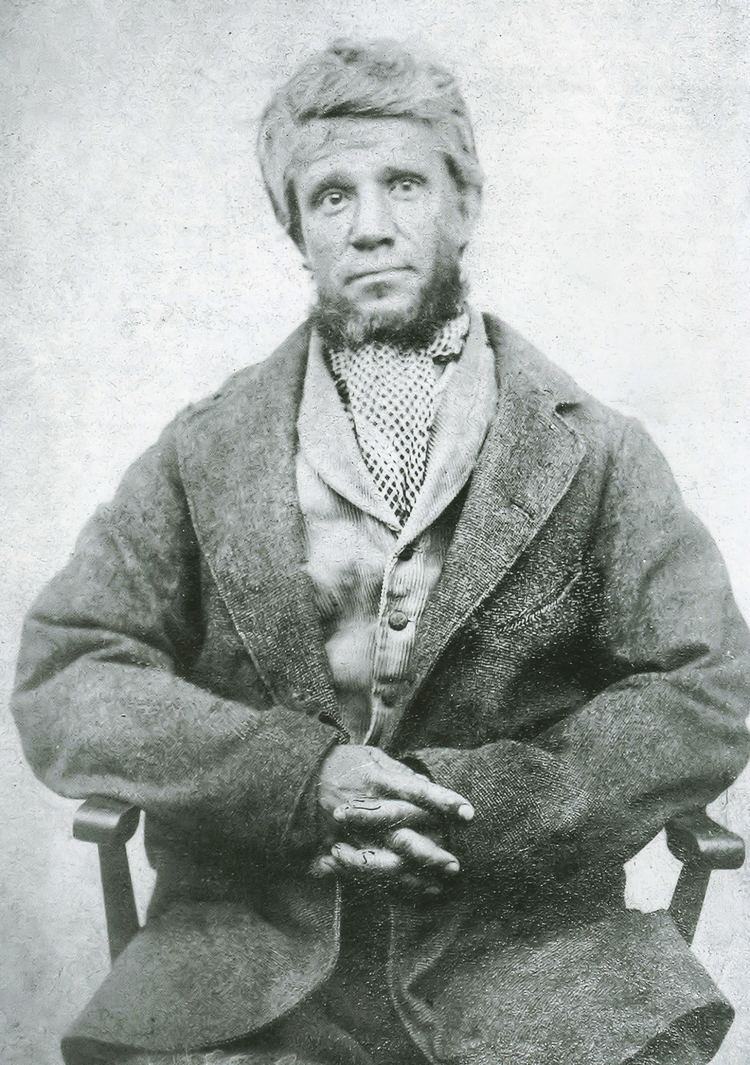
Charles Peace was born in Sheffield, youngest son of a shoemaker John Peace and his wife, a naval surgeon's daughter. At fourteen, Charles was permanently crippled in an accident at a steel-rolling mill, and embarked on a life of crime.
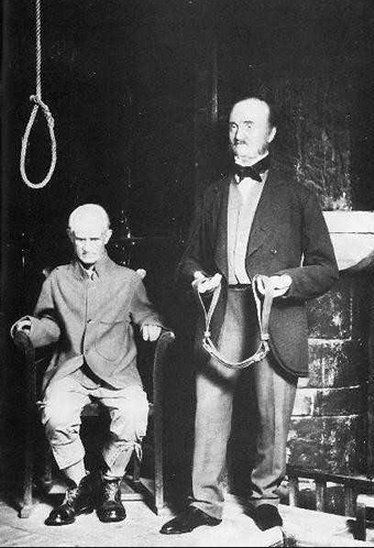
In 1854, he was found guilty of multiple burglaries and sentenced to four years' penal servitude. After his release, in 1859, he married a widow named Hannah Ward. Soon afterwards, he committed a major burglary in Manchester, nearly killing the police officer who came to arrest him, and was sentenced to six years' penal servitude. Another burglary in Manchester (Lower Broughton) earned him an eight-year sentence.
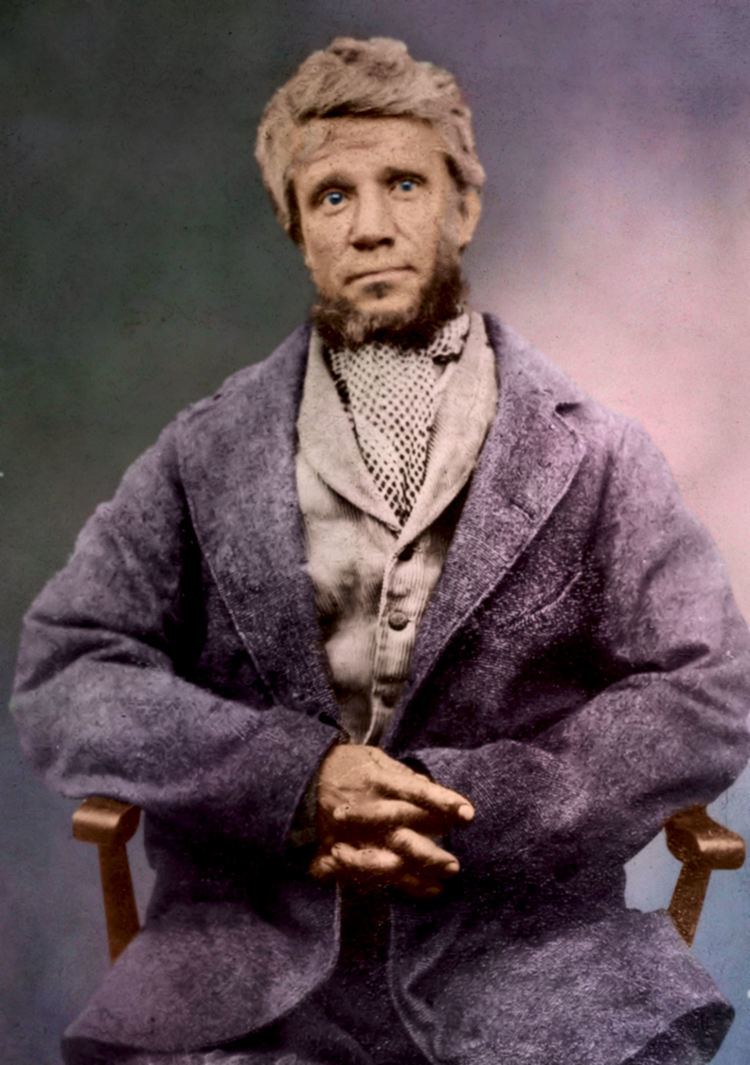
For a while after this, he seems to have concentrated on his picture-framing business, before working on the North Eastern Railway, from which he was sacked for absenteeism. After moving to the Sheffield suburb of Darnall, Peace made the acquaintance of a civil engineer called Dyson, which would prove fateful in due course.
First murder
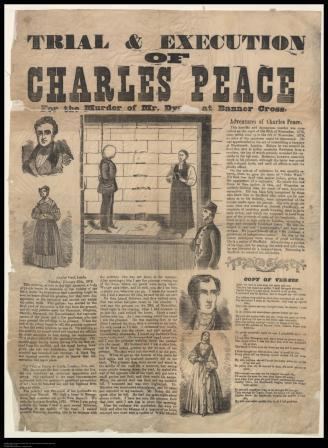
At Whalley Range, Manchester, Peace was seen by two policemen entering the grounds of a house on 1 August 1876, about midnight. One of them, PC Nicholas Cock, intercepted him as he was trying to escape. Peace took out his revolver and warned Cock to stand back. The policeman came on. Peace fired, but deliberately wide of him. Cock drew his truncheon, and Peace fired again, this time seriously wounding Cock, who died on 2 August. In the dark, Peace was able to escape, and two brothers, John and William Habron, living nearby, were arrested and charged with the killing of Constable Cock. At Manchester Assizes, John Habron was acquitted for lack of evidence, but William Habron was sentenced to death, later commuted to penal servitude for life. Peace had made a point of attending the trial, to confirm that he was not a suspect, before returning to Darnall.
Dyson's murder
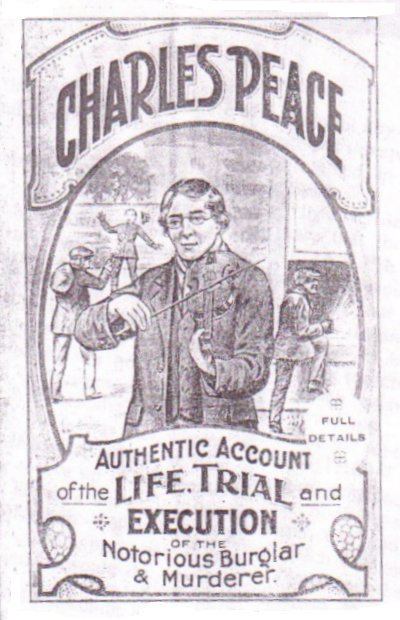
In the meantime, Peace had developed an obsessive interest in Dyson's wife, though it was never established how far she may have returned his feelings. In June 1876, Dyson threw a card into the garden of Peace's house, reading: "Charles Peace is requested not to interfere with my family." On 1 July, Peace approached Mrs Dyson and threatened to blow out her brains and those of her husband. Dyson took out a summons against Peace, and moved to a different suburb, Banner Cross. On their first day in the new house, 29 October, Mrs Dyson was accosted by Peace, who said "You see, I am here to annoy you, and I'll annoy you wherever you go."

That evening, a little after eight o'clock, Peace observed Mrs. Dyson coming out from her back door and entering a nearby outhouse. When she duly emerged, he confronted her with a revolver, shouting "Speak or I'll fire." In terror, Mrs. Dyson retreated back into the outhouse, and her husband came out to investigate. Peace fled down the passage, where Dyson followed him. Peace fired twice at Dyson, the second shot passing fatally through his temple. As Mrs. Dyson cried "Murder!", Peace escaped and made his way by train to Hull, where his wife kept an eating-house.
On the run
There was an immediate hue and cry, with a price of £100 on his head. The police issued a description that was somewhat inaccurate, and had to be altered. But in any case, Peace was changing his appearance, concealing his missing finger with an ingenious prosthetic arm, and moving around the country to try to avoid detection. In Nottingham, he made another fateful meeting, with a Mrs. Sue Thompson, who would become his mistress, but would eventually betray his whereabouts to the police (who denied her the £100 reward on the grounds that her evidence did not lead directly to Peace's conviction).
In early 1877, they moved to London, where Peace felt safer from arrest, and he also sent for his wife and son Willie to join them in a respectable villa in Peckham, where he professed to be a man of means, interested in scientific inventions. (There was, in fact, some truth in this, as he patented an invention for raising sunken vessels, and was rumoured to have been interviewed about it at the House of Commons.)
Among his favourite hunting-grounds was the affluent suburb of Blackheath, where a rash of burglaries was noted with alarm. It was here that Peace was finally caught. On 10 October 1878, at about 2 am, a Constable Robinson saw a light appear suddenly in a window at the back of a house in St John's Park. With two colleagues, he approached the house and they rang the bell. Peace tried to escape through the garden, and fired four shots at Robinson, who closed on him and managed to hold him, even though a fifth shot had passed through his arm.
Prosecution
Peace was remanded for a week, in which he refused to give his name. But in captivity, he wrote a letter to a business colleague who decided to co-operate with police, and revealed its author as Peace, writing under his pseudonym John Ward. Under that name, he was tried at the Old Bailey for burglary and the attempted murder of PC Robinson. The evidence against the prisoner was clear enough, and he was sentenced by Mr. Justice Hawkins to penal servitude for life.
From Pentonville prison, where he was serving his sentence, Peace was taken to Sheffield, where he appeared before the stipendiary magistrate at the Town Hall, and charged with the murder of Dyson. As Mrs. Dyson's cross-examination was adjourned to the next hearing, Peace was taken back to London to await the second hearing. But it had to be adjourned a further eight days, because on the journey back to Sheffield, Peace had jumped from the train and had been found unconscious beside the track.
Duly declared fit, he appeared for his second examination before the magistrate. His solicitor, William Clegg, tried to prove that Mrs. Dyson had been on more intimate terms with Peace than she was ready to admit, and that Dyson had been the aggressor in a struggle in which Peace had reacted in self-defence. A number of pencilled notes had been found near the scene, which appeared to have been written by Mrs. Dyson, indicating a close relationship with Peace, though she denied having written them. (At the Coroner's inquest after the murder, she said her husband had seen them and declared them to be forgeries, possibly by Peace himself.) After the hearing, Peace was committed to take his trial at the Leeds Assizes, to begin on 4 February 1879.
Trial
Mr. Campbell Foster Q.C. led for the prosecution, and future Solicitor-General Frank Lockwood, for the defence. Both men protested to the jury at the sensational rumours being peddled by the press, which appeared to prejudice a fair trial – a sentiment heartily endorsed by Peace, who called out "Hear, Hear!"
Once again, Mrs. Dyson denied that her husband had attacked Peace, and as she was the only witness to the shooting, there was no one to contradict her statement. She did, however, admit that she and Peace had been seen together on various occasions, and that her husband had objected to the friendship.
Several other witnesses claimed to have seen Peace in the neighbourhood on the night of the murder, and a labourer called Brassington testified that Peace had accosted him in the street, vowing to shoot "those strange folks before morning", and walking off towards Dyson's house. Brassington was a stranger to Peace, but he had seen him at close quarters under a gas-lamp and a full moon, and was able to swear to his identity.
The revolver taken from Peace at his arrest was produced, and it was shown that the rifling of the bullet extracted from Dyson's head was the same as that of the bullet fired from the revolver.
Mr. Justice Lopes, summing up, said it had been clearly proved that no struggle had taken place before the murder, and if the defence rested on no solid foundation, then the jury must do their duty to the community, by the oath they had sworn. Ten minutes after they retired, they returned with a verdict of guilty. Asked if he had anything to say, Peace replied faintly, "It is no use my saying anything." The Judge passed sentence of death, to be carried out in Armley Gaol (later HMP Leeds) on 25 February, and Peace accepted his fate with composure.
Execution
Having nothing more to lose, Peace made a full confession to the murder of Constable Cock, in order to exonerate William Habron, who was later given a free pardon and £800 compensation.
He also re-asserted that Mrs Dyson had been his mistress, but she strenuously denied this, calling him a demon, "beyond the power of even a Shakespeare to paint", who persecuted her with his attentions, and, when he found them rejected, devoted all his malignant energies to making the lives of her husband and herself unbearable. According to Peace's story, he was a slighted lover who had been treated by Mrs Dyson with ingratitude.
On the day before his execution, Peace was visited for the last time by his family; out of deference to their feelings, he did not ask to see Mrs. Thompson, though he had very much wished to. He seemed in good spirits, and knelt with them and prayed for half an hour. He then blessed each one singly, and gave way to tears as they left his presence.
On the morning of his execution, Peace ate a hearty breakfast of bacon, and calmly awaited the coming of the public executioner, William Marwood, inventor of the "long drop". He was escorted on the death-walk by the prison chaplain, who was reading aloud from The Consolations of Religion about the fires of hell. Peace burst out "Sir, if I believed what you and the church of God say that you believe, even if England were covered with broken glass from coast to coast, I would walk over it, if need be, on hands and knees and think it worth while living, just to save one soul from an eternal hell like that!" On the scaffold, Peace died instantly and was buried in Armley Gaol. He was 46.
Films
Literature
Peace is mentioned by name in the Sherlock Holmes short story, The Adventure of the Illustrious Client and in Mark Twain's Captain Stormfield's Visit to Heaven.
